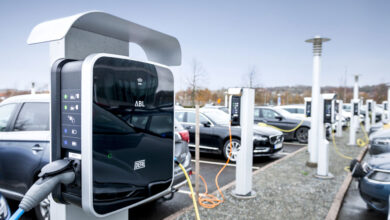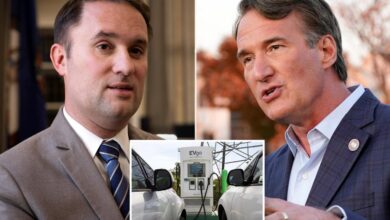EVs, hybrids twice as likely to hit pedestrians: study

Recent findings reveal a concerning trend for pedestrian safety in the electric vehicle (EV) era.
According to a comprehensive study by the London School of Hygiene & Tropical Medicine (LSHTM), pedestrians in the UK are twice as likely to be struck by an electric or hybrid-electric vehicle (HEV) compared to conventional petrol or diesel cars.
This study sheds light on the necessity for enhanced EV safety measures as the transition to cleaner energy vehicles accelerates.
Analysis of collision data
The research analysed road safety data encompassing reports of pedestrian injuries due to car or taxi collisions from 2013 to 2017.
Out of 96,285 pedestrian incidents, a striking 74 per cent (71,666) involved petrol or diesel vehicles, while only 2 per cent (1,652) were associated with EVs or HEVs. The propulsion type for the remaining 24 per cent (22,829) of collisions was unrecorded.
When examining the frequency of these incidents, the disparity becomes clearer. The researchers calculated that for every 100 million miles travelled, the annual pedestrian casualty rate was 5.16 for electric or hybrid-electric cars and 2.40 for petrol or diesel cars.
This indicates that pedestrians are, on average, twice as likely to be hit by an electric or hybrid-electric vehicle. The risk is even more pronounced in urban environments, where the likelihood increases to 2.5 times.
The silent danger of electrified vehicles

A significant factor contributing to this heightened risk is the quiet nature of electrified cars.
Unlike their petrol and diesel counterparts, EVs produce minimal noise, making them harder for pedestrians to detect.This can result in pedestrians not hearing these vehicles approaching, thus reducing their reaction time and increasing the risk of accidents.
Phil Edwards, Professor of Epidemiology & Statistics at LSHTM and lead author of the study, emphasised the dual nature of electric vehicles’ impact on health. “Given the damaging impacts of air pollution from petrol and diesel cars, overall electric cars are almost certainly better for our health,” he stated. “However, our research shows that more needs to be done to reduce the risk they pose to pedestrians, particularly in noisy urban environments.
Co-author Siobhan Moore highlighted the importance of prioritising pedestrian safety during this transition to electric vehicles. “The silent nature of electric cars poses a new challenge for road safety, and we must consider measures to protect vulnerable road users,” she urged.



